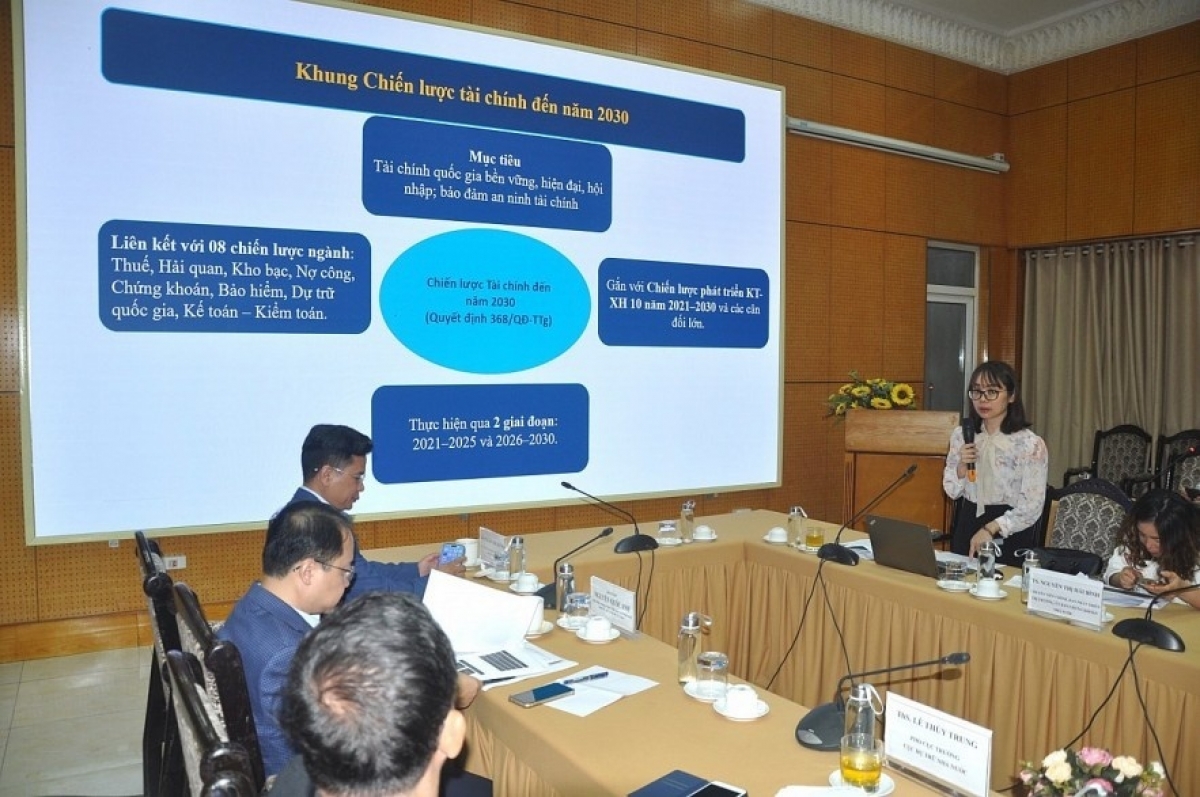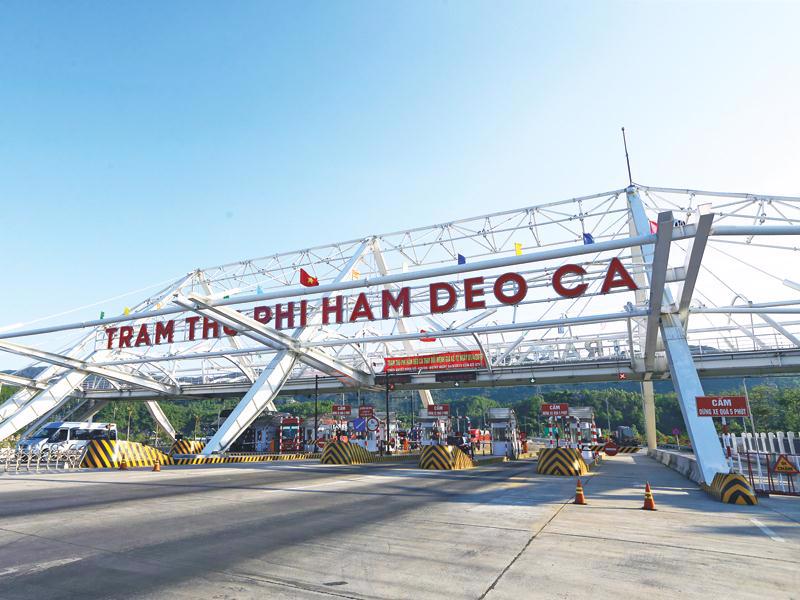INTERNATIONAL INVESTMENT
AND PORTAL
 Ramla Khalidi, resident representative of the United Nations Development Programme in Vietnam
Ramla Khalidi, resident representative of the United Nations Development Programme in Vietnam
The global economy faced considerable turbulence in 2024. High inflation prompted central banks to raise interest rates, which strengthened the US dollar and dampened demand in developing countries. Geopolitical conflicts, including the war in Ukraine and instability in the Middle East, further disrupted global trade, resulting in a 1.2 per cent decline in merchandise trade volumes for the year.
Despite these challenges, global trade has shown signs of recovery, with an expected growth of 2.5 per cent in 2024. For Vietnam, the moderation of the US dollar was a welcome development, as a weaker dollar reduces the cost of dollar-denominated debt and eases pressure on the State Bank of Vietnam to maintain high interest rates, fostering better monetary conditions for growth.
However, risks remain. Escalating geopolitical tensions could increase oil prices and disrupt shipping routes, adversely impacting Vietnam’s trade-dependent economy. Trade disputes represent an additional risk. By the end of 2024, the dollar had regained strength, placing pressure on emerging markets across Asia.
Manufacturing: An engine for growth
Manufacturing continues to be Vietnam’s economic backbone, led by foreign-invested enterprises in electronics and computing. Companies seeking alternatives to China are increasingly relocating production to Vietnam, solidifying its role as a regional manufacturing hub. The Red River Delta and the Hanoi-Haiphong corridor have become industrial powerhouses, attracting investment from global giants such as Foxconn and driving job creation.
However, the manufacturing sector must navigate evolving consumer trends and technological advancements. For instance, declining growth in mobile phone sales highlights the need to diversify into high-value sectors like automotive components and advanced electronics. Additionally, automation and AI pose both challenges and opportunities, necessitating a shift from labour-intensive industries to skill-intensive and technology-driven sectors.
Typhoon Yagi, the most powerful storm to hit the north of the country in decades, affected 3.6 million people across 26 cities and provinces. In December, the Vietnam Disaster and Dyke Management Authority of the Ministry of Agriculture and Rural Development in partnership with other ministries, United Nations agencies, the European Union, and development partners launched the final report of a multi-sectoral assessment for recovery from Typhoon Yagi.
The report found human and economic impacts of the storm were significant, resulting in an estimated 2.3 million lost workdays, agricultural losses that threatened food security for some 27,000 households, damage to over 245,000 houses, extensive damage to water and sanitation systems, and disruptions to the regular operation of schools and health services across scores of localities.
The impact on the GDP in 2024 is estimated at $566 million, reducing its growth rate by 0.24 percentage points. The GDP loss is equivalent to about 0.24 per cent of the 2023 GDP. While production bounced back quickly in the manufacturing sectors, recovery from damage to agriculture, infrastructure, housing, and livelihoods of agricultural and informal sector workers will take time and highlight the need for strengthening post-disaster assistance mechanisms.
Meanwhile, agriculture remains a vital component of Vietnam’s economy. The sector performed well in 2024, with rising global prices for coffee, rice, and fruits boosting export revenues. Coffee prices have reached a 10-year high, while rice prices peaked at a 15-year record earlier this year.
Yet, challenges persist. The shrimp industry is under pressure due to market saturation and declining prices. More broadly, climate change is a looming threat, particularly in the Mekong River Delta. Saltwater intrusion, floods, and droughts jeopardise agricultural productivity, underscoring the need for sustainable practices. A resolution issued in 2017 advocated for nature-based adaptation and diversified agricultural production, but better coordination between central and local authorities is essential for these efforts to succeed.
Vietnam’s long-term economic prospects are closely tied to its human capital. While near-universal lower secondary education is a significant achievement, enrolment and completion rates for upper secondary education remains worrisomely low while access to tertiary education remains highly unequal, owing to its high costs relative to household income and the limited availability of financing schemes. Post-secondary vocational education remains limited in its scale and effectiveness, despite wide recognition of its importance going forward.
The government’s ambitious programme to increase labour productivity by 2030 seeks to address these disparities, aiming for 35-40 per cent of workers to hold advanced training or university degrees. Achieving this will require not only increased investment in education but also stronger collaboration between industries, universities, and vocational institutions.
Further, state-affiliated and private firms in Vietnam must be incentivised to invest in training and technological upgrades which, in turn, will require improved access to conditional credit. Expanding access to quality education is not only a matter of fairness but also a prerequisite for improving national productivity.
Making post-secondary education more affordable and is vitally important, as is improving the relevance of curricula to labour market needs. Inclusion must also extend to marginalised groups. Disability-inclusive policies and targeted vocational training programmes can empower underserved populations, ensuring that economic benefits are broadly shared while tapping into a wider talent pool.
Green growth: Path to sustainability
Environmental sustainability is another critical area for Vietnam’s future growth. The government’s pledge to achieve net-zero carbon emissions by 2050 and phase out coal-fired power generation in the 2040s demonstrates its commitment to global climate goals. However, accelerating the energy transition is imperative as trading partners increasingly link market access to environmental standards.
The European Union’s Carbon Border Adjustment Mechanism is an early example of trade restrictions tied to carbon emissions, and other major economies are likely to follow suit. Vietnam must prioritise investments in renewable energy, including solar and wind, and modernise its energy grid to meet growing demand sustainably. By doing so, the country can not only safeguard its export markets but also position itself as a regional leader in green technology.
Resilient infrastructure is essential for sustaining economic growth in the face of climate risks. The devastation caused by Typhoon Yagi highlights the vulnerability of Vietnam’s infrastructure to extreme weather events. Recovery efforts are underway, but delays in repairing critical systems have disrupted supply chains and dampened industrial output.
In order to mitigate future risks, Vietnam must invest in climate-resilient infrastructure, including flood defences and sustainable transport systems. These measures will not only protect vulnerable communities but also enhance the country’s attractiveness as an investment destination.
The technological transition
Technological advancements, including automation, AI, and 3D printing, are poised to transform Vietnam’s manufacturing landscape. While these innovations offer opportunities for greater efficiency and value addition, they demand a better skilled workforce and incentives for firms to invest in training and technological upgrades.
Investment in research and development is also critical, yet Vietnam currently allocates just 0.2 per cent of GDP to it – among the lowest in the region. Strengthening public and private sector collaboration in innovation and collaboration between local and international businesses will be key to maintaining competitiveness in a rapidly changing global economy.
Crucially, domestic firms’ ability to invest in skills and technological upgrades will require better access to loan capital from domestic banks, which remains prohibitively expensive. There is also a need to recognise that disruptive technologies will threaten millions of low-wage jobs, which makes smart and timely investments in education and technological diffusion all the more important.
Vietnam’s ambitious GDP growth target of 7-7.5 per cent for 2025 will depend on several key drivers: high-value sectors, foreign investment, education and skills, and the green transition. By focusing on these areas, Vietnam can transition from extensive growth based on labour and capital inputs to intensive growth driven by productivity and innovation.
The country stands at a pivotal moment in its development journey. The economic recovery in 2024 provides a strong foundation for future growth, but long-term success will require addressing structural inefficiencies, fostering inclusivity, and embracing sustainability.
With strategic investments in human capital, green energy, and resilient infrastructure, Vietnam has the potential to achieve its ambitious targets for 2025 and beyond. By navigating the challenges of climate change and technological disruption, the country can position itself as a model of resilience and innovation in Southeast Asia. The path forward is ambitious but achievable. With clear policies and decisive actions, Vietnam can secure a prosperous, inclusive, and sustainable future for its people.



















